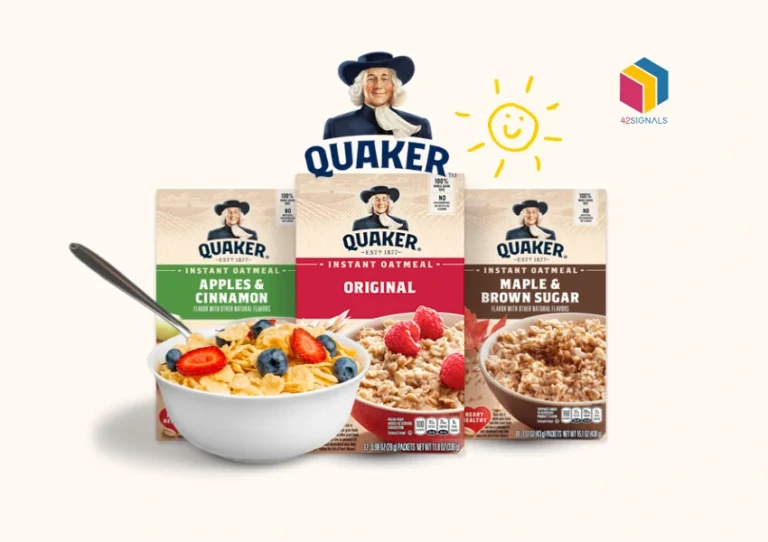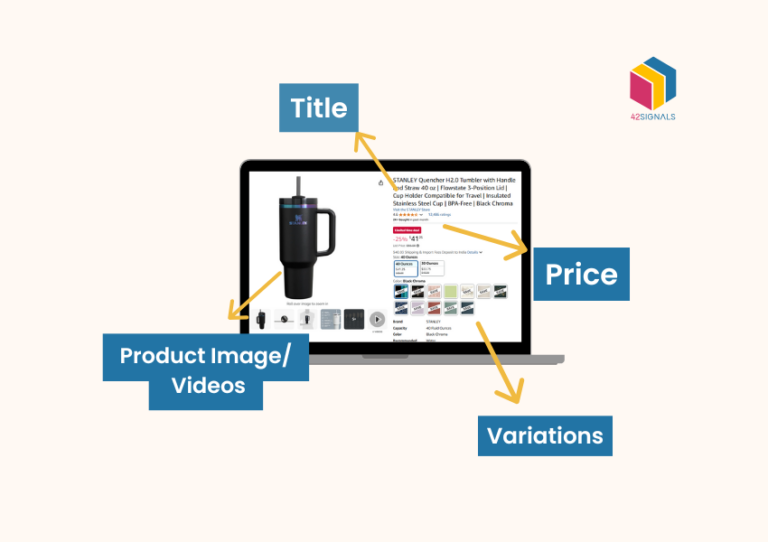Why is having a good relationship with your retailer necessary?
For one, they are the face of your brand, representing your products. If the experience of shopping with them is bad for a customer, it will be attributed to your company, not the retailer.
The negative reviews or word of mouth will say, I really disliked buying from brand X and not I really disliked buying from retailer Y.
While there are several reasons that can affect the retailer-brand relationship, map violations happen to stand out at the top. MAP violations occur when retailers advertise products below the agreed-upon minimum price set by the brand.
When such violations occur it undermines the brand and affects customer perception too. Let’s look at what happens when map violations happen and how it affects the retailer-brand relationships.
Impact of MAP Violations on Retailer-Brand Relationships
As discussed, map violations deteriorate brand reputation and over time can cause negative repercussions for the company. Regular offense between the two parties can affect in –
Brand Equity Erosion
MAP violations undermine a brand’s carefully crafted image and positioning in the market. When retailers consistently advertise products below the agreed-upon minimum price, it devalues the brand in the eyes of consumers, eroding brand equity and diluting the perceived value of the products.
Loss of Trust
MAP violations also lead to a loss of trust between retailers and brands. Retailers who consistently violate MAP agreements send a message to the brand that they are not committed to the brand’s success and are more interested in driving short-term sales at the expense of long-term relationships.
Unfair Competition
MAP violations create an unfair playing field among retailers. When some retailers consistently undercut the prices agreed upon with the brand, it puts other retailers who comply with the MAP policy at a significant disadvantage. This can breed resentment and animosity among retailers and strain relationships between them.
Legal Consequences
When such instances carry on despite warnings and other reprimands, the next likely step would be legal repercussions. This instigation can lead to expensive litigation for both parties.

Image Source: MAPP Trap
With the possible impact addressed, let’s look at the risks associated with MAP violations.
Risks Associated with MAP Violations
1. Profit Margin Erosion
MAP violators who consistently sell products below the agreed-upon minimum price can erode the profit margins of both retailers and brands. With lower prices, the profitability of the retailer’s sales decreases, and the brand may also face lower profit margins due to reduced perceived value.
2. Channel Conflict
MAP violations can also create channel conflict between retailers and brands. Retailers who adhere to MAP policies may become frustrated and feel that their efforts are undermined by those who violate the policy. This can lead to tension and strained relationships, ultimately affecting the brand’s distribution and sales channels.
3. Loss of Brand Control
When retailers engage in MAP violations, brands lose control over the pricing and positioning of their products. This leads to a lack of consistency across different retailers and can harm the overall brand image and positioning in the market.
So how can brands address these risks and ensure smooth relationships?
Potential Solutions to Mitigate MAP Violations

1. Clear Communication and Education
Brands and retailers need to engage in open and transparent communication to ensure a mutual understanding of the importance of MAP policies. Educating retailers about the negative consequences of MAP violations on their relationships with the brand can encourage compliance and cooperation.
2. Regular Monitoring and Enforcement
Brands should invest in robust monitoring systems to detect and address MAP violations promptly. By actively monitoring online and offline channels, brands can identify potential violators and take appropriate enforcement actions to protect their pricing policies.
3. Collaborative Relationships
Building strong, collaborative relationships between brands and retailers can contribute to a healthier adherence to MAP policies. By fostering a partnership-based approach, brands can work closely with retailers to address concerns and develop strategies that align with both parties’ goals.
4. Incentives and Rewards
Brands can establish incentive programs to reward retailers who consistently comply with MAP policies. This can include benefits such as exclusive access to new product releases, enhanced marketing support, or higher profit margins for compliant retailers.
Conclusion
MAP violations have a significant impact on retailer-brand relationships and can lead to risks that harm both parties involved.
Mitigating it with the right solutions and communication channels can be beneficial for both parties to maintain a sustained partnership.
To ensure minimal disruption in your business, 42Signals can be a great solution. With our advanced e-commerce analytics and product insights, your brand can have the right impact in the digital space.







